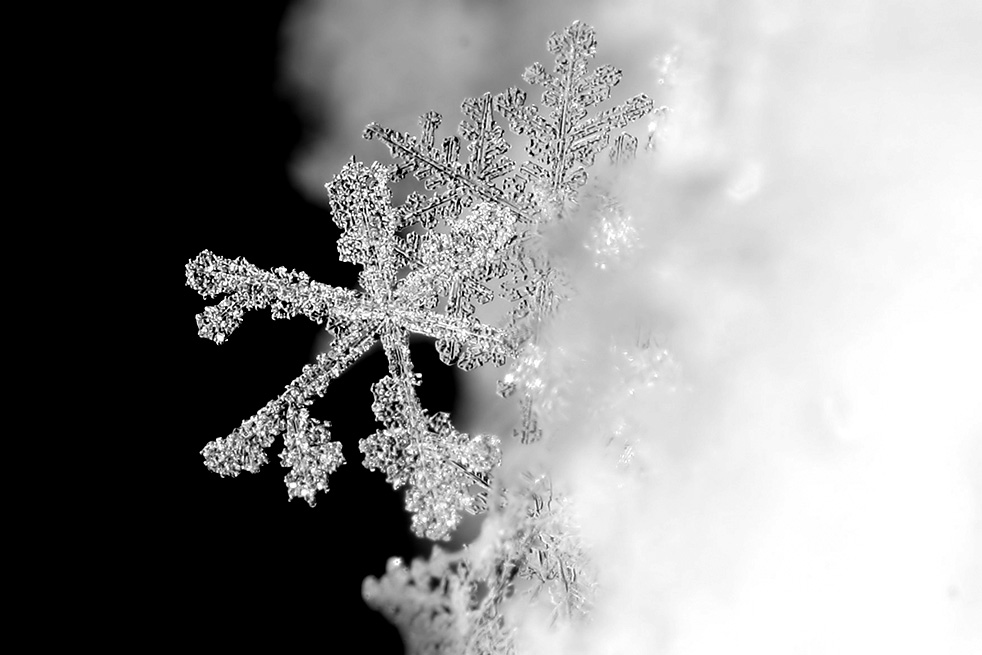Recently, the United States Air Force Office of Scientific Research awarded a grant worth $900,000 to a number of researchers at Tech.
The grant is intended to be utilized in areas of research relating primarily to work with particles, including atoms and molecules, at very low temperatures. One of the professors involved with the work is Uzi Landman, a Callaway Chair Professor in Tech’s School of Physics as well as the director for the Center of Computational Materials Science (CCMS) at Tech. Landman’s work will proceed to encompass the activity of small-scale systems of few atoms and molecules. This area of research is also known as “few-body interactions.”
“One of the things that is most interesting to us is how smaller systems combine to make larger systems,” Landman said in a statement. “We will study this from the bottom up. Bringing atoms together to make a new material is the basis of chemistry, but here we are synthesizing new materials through quantum mechanical forces. We expect to help lay the foundation for a new theory describing the chemistry of ultra-cold atoms. To do this, we will develop a different type of computational theory.”
CCMS also was able to complete the publication of the paper “Double-Well Ultra-cold Fermions Computational Microscopy: Wave-Function Anatomy of Attractive Pairing and Wigner-Molecule Entanglement and Natural Orbitals.” The publication was co-authored by Landman, Constantine Yannouleas, a senior research scientist at CCMS, and Benekdit Brandt, a graduate student.
“We can apply these methodologies of ultra-cold atom simulations to solve problems that we cannot solve otherwise,” Landman said in a statement. “We will attempt to revolutionize the ability to compute things that aren’t computable at this point. Experiments with ultra-cold atoms emulate an analog-simulator mapping onto the requisite microscopic Hamiltonian, approaching realization of Richard Feynman’s vision of quantum simulators that ‘will do exactly the same as nature.’ In our work, we develop and implement exact benchmark computational microscopy solutions of the system Hamiltonian, uncovering the spectral evolution, wave function anatomy and entanglement properties of the interacting fermions in the entire system parameter range. In this way, we may address some outstanding problem, like high-temperature superconductivity, quantum magnetism, highly correlated quantum systems and chemistry at the ultra-cold extreme.”
